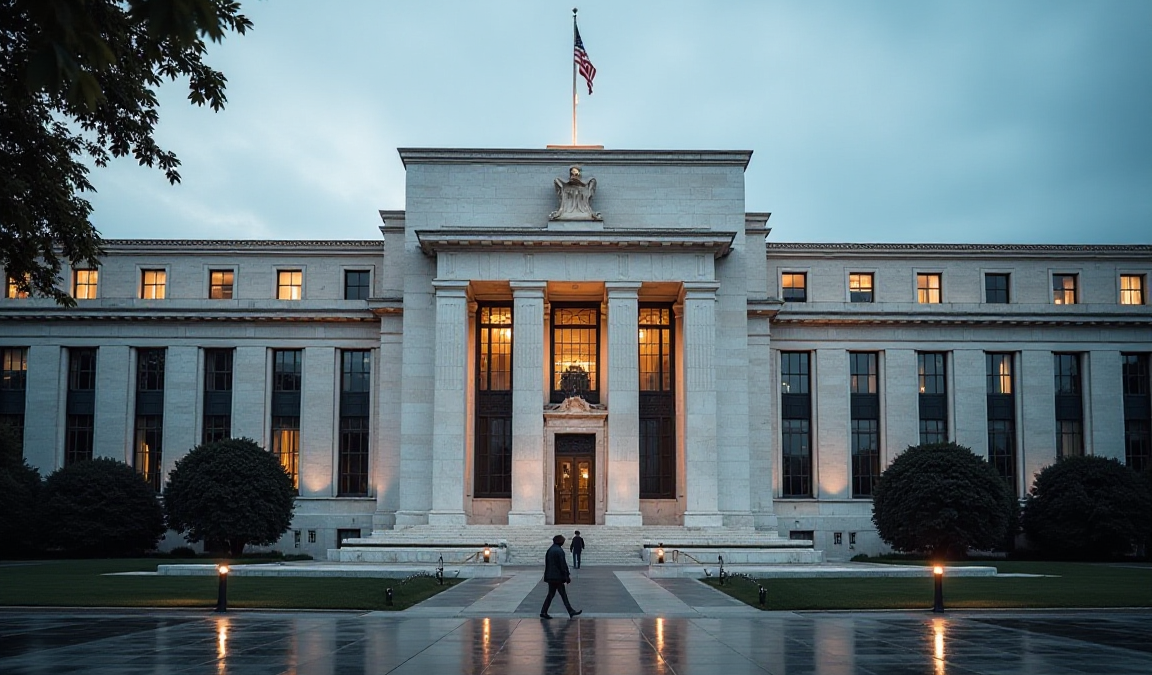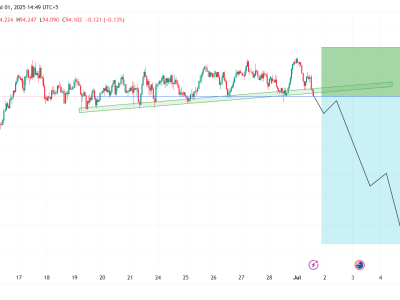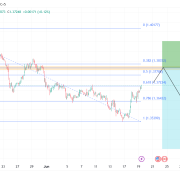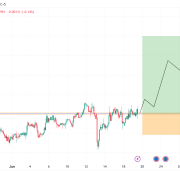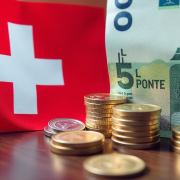
The British pound plunged against the euro and the US dollar as the market placed bets that the Bank of England will embrace a more dovish tone this year. The EUR/GBP exchange rate rose to 0.8350, its highest level since November 26, while the GBP/USD pair fell to 1.2320, its lowest level since April 24.
Bank of England’s potential dovish tilt
The GBP/USD fell, and the EUR/GBP jumped as investors focused on the upcoming Bank of England policy.
The bank embraced a slightly dovish tone in 2024 as it delivered just two cuts. It slashed rates by 0.25% in August and a similar one in its November meeting.
In contrast, the Federal Reserve slashed rates thrice, bringing the yearly cuts to 1%. The European Central Bank (ECB) cut four times as it worked to cushion the economy from the ongoing slow growth.
The BoE has justified its caution on the ongoing trends on inflation. While the headline Consumer Price Index (CPI) fell to 1.7% in September, it has bounced back up and now sits at 2.6%. Officials believe that more aggressive rate cuts may make inflation stickier this year.
The challenge is that the UK is experiencing stagflation, which is characterized by high inflation and slow economic growth. A Office of National Statistics (ONS) report showed that the economy expanded by 0.1% in the third quarter after growing by 0.5% in the previous quarter.
Therefore, analysts expect the bank will deliver more cuts than the Federal Reserve and the ECB this year. In a recent note, analysts at Morningstar estimated that the bank will deliver three to four cuts this year since the labor market is softening.
On the other hand, the Federal Reserve is expected to deliver two cuts, with the first one coming in July. Fed minutes released on Wednesday showed that the most officials agreed that the bank should not be all that dovish this year because of the lingering inflation concerns because of Donald Trump’s policies.
The European Central Bank, on the other hand, is also expected to be more dovish this year after weak economic data. A report released on Wednesday showed that the German retail sales and industrial production continued slumping in November.
GBP/USD technical analysis
GBP/USD chart by TradingView
The next important GBP/USD pair mover will be the upcoming nonfarm payrolls (NFP) jobs data. These numbers will provide more information about the state of the American economy and whether the labor market is improving.
The weekly chart shows that the GBP/USD pair has crashed for two consecutive weeks and is now at its lowest level since November last year. It has dropped below the lower side of the ascending channel shown in black.
The GBP/USD pair has also moved below the 50-week moving average. Therefore, it will likely continue falling as sellers target the next key support at 1.2000.
EUR/GBP technical analysis
EUR/GBP chart by TradingView
The EUR/GBP exchange rate has been downward in the past few years as the sterling strength continued. It has dropped from 0.9277 in September 2022 to the current 0.8357. The pair has remained below the 50-week moving average and the descending channel shown in black.
The Average Directional Index (ADX) has remained below 50, while the Relative Strength Index (RSI) has pointed upward. Therefore, the pair will likely remain in a downtrend since the UK economy is doing modestly better than in Europe, and its interest rates will remain higher for longer. As such, the pair may continue falling and hit the next key support at 0.8222.
The post EUR/GBP and GBP/USD outlooks: why is the pound crashing? appeared first on Invezz


